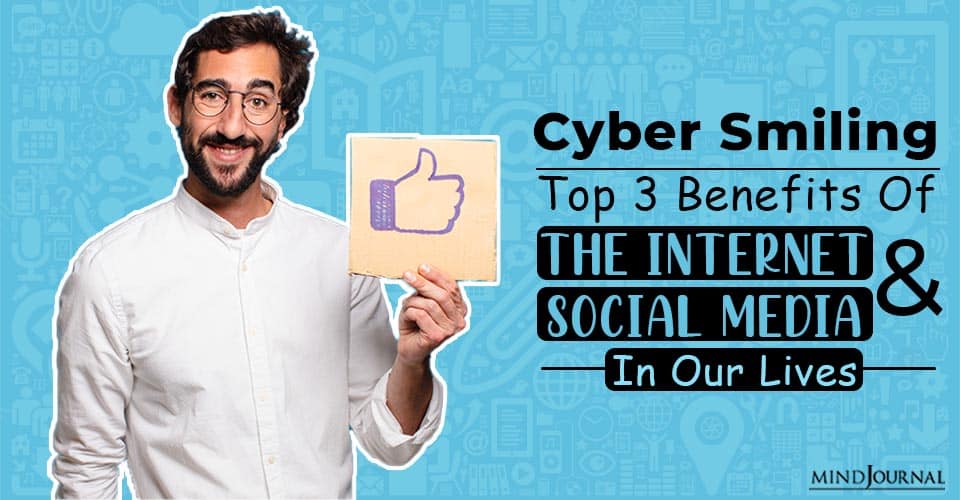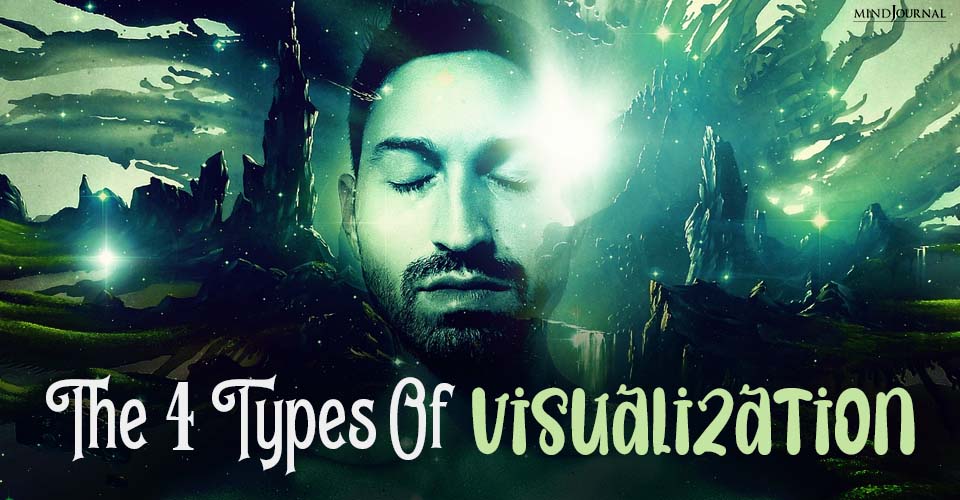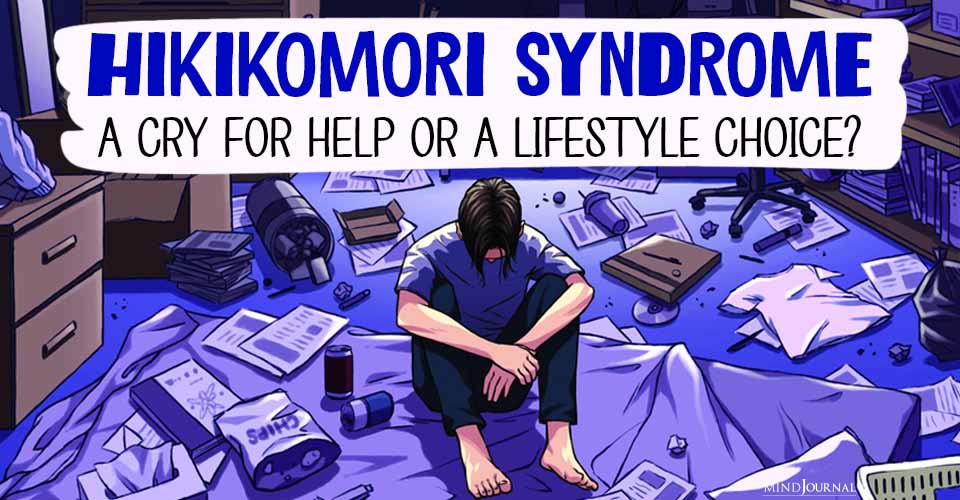Cybersmiling, a social media positive!
The bright side of living in a social-media-infused world.
By this point, it’s becoming increasingly clear that the rise of virtual communication and social media is not all peaches and cream when it comes to improving the human condition.
Cyberbullying is on the rise, leading to all kinds of adverse outcomes for teens and others across the world. Various forms of scams that rely on this kind of technology are gutting bank accounts of unwitting and trusting seniors in so many of our communities, and anonymous, deindividuated, and often-nasty communication between people naturally goes hand-in-hand with online communication. And more. The rise of the internet and social-media-based technologies is problematic in many ways when it comes to the human experience. And it behooves all of us to take this issue seriously at all turns.
But while I have personally written pretty extensively about these problems previously (see Geher, 2020; Geher & Wedberg, 2020), I think it’s important to acknowledge the fact there actually are some positives that social media and smartphone technologies are adding to our world.
From the perspective of Positive Evolutionary Psychology, social-media technologies are perhaps the prototype of mismatched technologies that hijack our evolved psychology, often wreaking havoc on our world.
Read Narcissists and Psychopaths Online: 3 Ways To Handle Cyberbullying and Trolls
The Bright Side
As is true of so many phenomena in our world, the effects of social media and the internet are mixed when it comes to the human experience. So, from the perspective of someone who’s been pretty vocal about the adverse effects of social media on the modern world, here are three points that speak to the bright side:
1. Large-Scale, Immediate Social Validation
Look, at the end of the day, we all want social validation. We want others to express appreciation, understanding, and respect for us (see Shrand, 2015). The need for social validation is a core psychological process that has roots in our evolutionary past. Our ancestors who failed to obtain validation from others were at risk with regard to important social connections that would have been critical for survival and, ultimately, reproduction (see Geher & Wedberg, 2020).
With social media, people can obtain social validation immediately, publicly, and substantially. With social media, people can obtain social validation in ways that are, in essence, evolutionarily unprecedented.
One selfie on Instagram can garner dozens of likes and positive comments such as “wow, you look great!”; “very nice!”; “gorgeous!”; and more. The same goes for Twitter, Facebook, and the others. Social validation, a core need for all of us, is now something that is more easily achievable than ever.
Sure, in many ways, this kind of social validation may be superficial and inferior to more genuine, in-person validation from close others. But still, without question, many people today receive various levels of social validation via social media.
2. Big Recognition And Appreciation Of Others
Recognizing and appreciating others’ efforts, accomplishments, and gracious actions is a foundational part of the positive side of the human experience. We like to express appreciation to others and we like it when others express appreciation to us.
Modern internet-based technologies, such as kudoboard.com, allow for easy, fun, and high-profile ways to encourage, recognize, and appreciate others. Recently, my home university, the State University of New York at New Paltz*, launched a kudoboard specifically to encourage our students during the famously stressful finals week of Fall 2020. As a university community, we have been thinking of ways to support students under pandemic conditions, and we have found such internet-based solutions to be extremely helpful in moving us toward this goal.
Internet technologies such as the kudoboard provide, in essence, a form of cybersmiling—gushing positive vibes to someone across the rainbow of the internet.
Read Understanding Parasocial Relationships With Celebrities
3. Crowdsourcing
These days, thousands of crowdsourcing success stories are out there. People are using such platforms as GoFundMe and change.org to raise funds and recognition for all kinds of worthy causes. The tendency for people to band together and allow the power of numbers to lead to positive outcomes that could never be achieved by any individual alone goes way back into our evolutionary history (see Bingham & Souza, 2009).
Internet-based crowdsourcing technologies have been used to support people in connection with issues such as health, the environment, the arts, and more. To this point, millions of people have benefited from this kind of technology in all kinds of positive ways. And so many of these people are making a difference as a result.
Crowdsourcing allows for the support of prosocial, forward-thinking initiatives in ways that are altogether unprecedented.
Bottom Line
As is true with so many aspects of our world, internet-based technologies represent a mixed blessing when it comes to the human experience. As is true with so many evolutionarily unnatural technologies, internet-based technologies have demonstrated an array of adverse outcomes (see Geher, 2020).
This said the effects of internet-based technologies on the modern world are not all rotten. In many ways, they are giving us new tools to enhance the positive features of the human experience. Perhaps most conspicuously, through technologies such as Zoom, we are able to communicate with people immediately and meaningfully, regardless of geographical location—a fact that has had enormous benefits across the world during the current COVID pandemic.
Read 14 Handy Social Skills That’ll Make You More Likable Instantly
Additional benefits include the fact that we are capable of achieving social validation in more immediate ways than ever. We also are capable of showing others support and encouragement publicly, loudly, and with vitality. And we are capable of using these technologies to, in unprecedented ways, raise awareness for all kinds of issues that benefit from our collective attention.
As we move into this brave new world, infused by social media technology, I say that we take steps to quash cyberbullying. And we work to enhance cybersmiling.
*Thanks especially to Elizabeth Diuguid and the Wellness Committee (chaired by Christina Cordier in connection with Dean of Students, Robin Cohen-La Valle) for facilitating this initiative.
References 1. Bingham, P. M., & Souza, J. (2009). Death from a distance and the birth of a humane universe. Lexington, KY: BookSurge Publishing. 2. Geher, G. (2020). An evolutionary perspective on the real problem with increased screen time. This View of Life. 3. Geher, G. & Wedberg, N. (2020). Positive Evolutionary Psychology: Darwin’s Guide to Living a Richer Life. New York: Oxford University Press. 4. Shrand, J. (2015). Do you really get me? New York: Hazeldon.
Written by: Glenn Geher, Ph.D
Originally appeared on: Psychology Today
Republished with permission










Leave a Reply